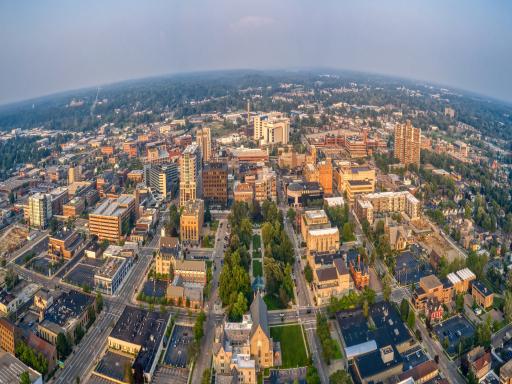Exploring Improvements to Opportunity Zones in Michigan
The Michigan League for Public Policy has released a new report on Opportunity Zones in Michigan and offered policy recommendations to improve the program’s administration.
The Michigan League for Public Policy has released a new report on Opportunity Zones in Michigan and offered policy recommendations to improve the program’s administration.

Nine percent of Michiganders live in Opportunity Zones (OZ), a program designed to incentivize investments in low-income communities or areas directly adjacent to one or more low-income communities.
OZs, introduced as a provision in the 2017 Tax Cuts and Jobs Act, encourage private investment in low-income communities by providing a tax break to investors that earn a higher income and it seeks to reduce socioeconomic disparities.
The U.S. Department of the Treasury used 2011-2015 data from the American Community Survey to identify eligible communities. These communities include census tracts where the poverty rate is at least 20% or the median family income is less than 80% of the state media or area median.
The Michigan League for Public Policy (MLPP) has released a new report on OZs in Michigan and offered policy recommendations to improve the program’s administration.
According to the MLPP, 890,000 Michigan residents live in 288 OZs across the state in nearly every county.
Of Michigan’s 2,813 census tracts, 41% met the definition of low-income communities and were therefore eligible for consideration to become an OZ. Once these eligible tracts were established, the list was presented to then Governor Rick Snyder in 2018 to choose the final set of OZs.
The MLPP highlighted what early evidence revealed about OZs including:
Several CMF members have worked to establish equitable best practices for OZ funds. As CMF reported, in 2019 the Kresge Foundation made a $22 million guarantee commitment and partnered with two impact fund managers to ensure equity and responsible community development guided OZ investments.
According to Kresge, one of those funds has closed with more than $80 million of capital commitments from investors and more than $30 million of commitments from foundation and government partners (including Kresge’s $15 million guarantee).
Since OZs are a part of a federal program that gives the state limited ability to change or improve its administration. However, the MLPP is sharing two policy actions Michigan can take.
Policy Recommendations from the League:
Want more?
Read MLPP’s full report.
Learn more about the Kresge Foundation’s support of equitable Opportunity Zone investments.